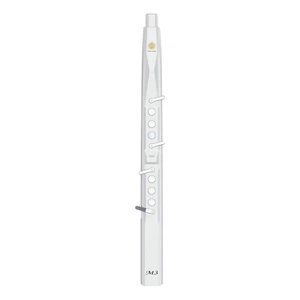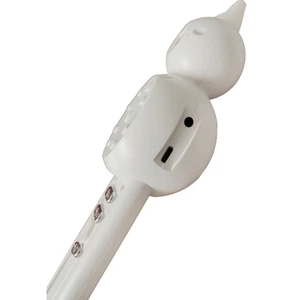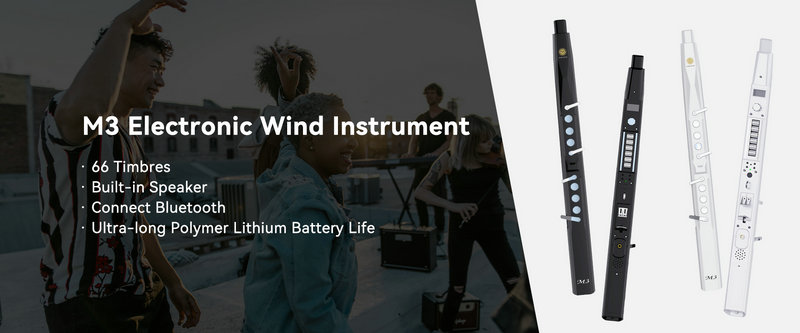The timbre of electric wind instruments can indeed be adjusted, providing musicians with a great deal of flexibility and creative control.
Electric wind instruments often come equipped with a variety of built-in controls that enable timbre modification. These may include tone controls that can adjust aspects such as brightness, warmth, or sharpness. By tweaking these settings, musicians can significantly alter the overall character of the sound produced. For instance, increasing the brightness can make the instrument sound more piercing and vibrant, while dialing down the brightness and increasing warmth can give it a more mellow and rounded tone.
Filters are another common feature found on many electric wind instruments. These can shape the frequency response of the sound, allowing musicians to emphasize or attenuate different frequencies. A low-pass filter, for example, can reduce high frequencies, resulting in a more mellow and smooth sound. This is often useful for creating a softer, more atmospheric tone. On the other hand, a high-pass filter can cut off low frequencies, making the sound brighter and more piercing. By adjusting the cutoff frequency and resonance of these filters, musicians can fine-tune the timbre to suit their specific musical needs.
In addition to built-in controls, electric wind instruments can be connected to external devices and software to further expand the range of timbre adjustment options. External effects processors, such as reverb units, delay pedals, and distortion pedals, can add a wide range of sonic textures to the sound. Reverb can give the instrument a sense of space and depth, making it seem as if it is being played in a large hall or cathedral. Delay can create echoes and rhythmic patterns, adding complexity and interest to the sound. Distortion can add grit and aggression, giving the instrument a more edgy and powerful sound. By combining different effects processors and adjusting their parameters, musicians can create highly customized and unique timbres.
Music production software also offers extensive timbre adjustment capabilities when used in conjunction with electric wind instruments. Software plugins can provide advanced filtering, modulation, and synthesis functions. For example, a parametric equalizer plugin can be used to precisely adjust specific frequency bands, allowing musicians to enhance or suppress certain frequencies to achieve the desired timbre. Modulation plugins can add effects such as tremolo, vibrato, and chorus, which can add movement and depth to the sound. Synthesis plugins can be used to create entirely new sounds by combining and manipulating different waveforms and parameters.
Digital signal processing (DSP) technology is another tool that can be used to adjust the timbre of electric wind instruments. Some instruments incorporate DSP chips that allow for real-time manipulation of the sound. Musicians can use DSP to adjust parameters like pitch, vibrato, and envelope. For example, they can change the pitch of the instrument to create harmonies or play in different keys. Vibrato can be adjusted to add a subtle or dramatic wavering effect to the sound. The envelope of the sound, which determines how the sound starts, sustains, and decays, can also be modified to create different attack and decay characteristics.
In conclusion, the timbre of electric wind instruments can be adjusted in numerous ways, thanks to built-in controls, external devices, software plugins, and DSP technology. This gives musicians a vast array of creative possibilities, allowing them to customize the sound of their instrument to suit their individual musical style and the specific requirements of a particular piece of music. Whether they are looking for a soft and mellow tone, a bright and piercing sound, or something completely unique and experimental, electric wind instruments offer the tools to achieve their desired timbre.
SUNRISE MELODY M3 Electronic Wind Instrument - The best-selling Electronic Wind Instrument
. 66 Timbres
. Built-in Speaker
. Connect Bluetooth
. Ultra-long Polymer Lithium Battery Life



